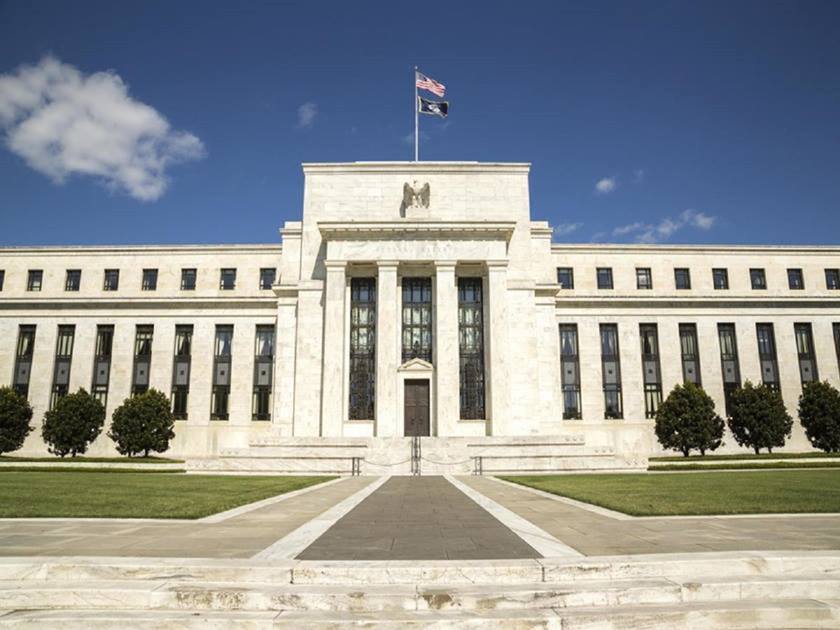Financial Times: Central Banks Poised For Interest Rates Cuts in 2024 Amid Warnings From Experts

London, January 01 (QNA) - The Financial Times said that leading central banks are expected to begin cutting interest rates over the coming year as falling inflation fuels predictions among investors and economists that prices are under control. However, economists are still wary of the risk of renewed inflation and cautioning against easing measures against inflation prematurely.
The newspaper said that 2023 witnessed aggressive interest rate increases before the US Federal Reserve, European Central Bank and Bank of England put their tightening programmes on hold in the second half of the year.
In a report, the newspaper noted that there is pressure on policymakers to cut borrowing costs with inflation rates retreating in large parts of the G7 group of industrialized nations and economies slowing.
Group chief economist at UK-based Capital Economics Neil Shearing said that, "we expect inflation to fall further than central banks expect", noting that growth was weakening just as distortions caused by the Covid-19 pandemic and global energy crisis were unwinding.
"Policy is now quite restrictive, meaning central banks can loosen without it necessarily becoming supportive of growth. Think of it as pressing less hard on the brake rather than pushing on the accelerator," he said.
The Financial Times pointed out that the investors are betting the Fed will cut for the first time in March, with five quarter-point cuts to follow during the year, according to market pricing. The European Central Bank and the Bank of England are also expected to lower rates six times in 2024.
Financial markets ended 2023 sharply higher as investors became increasingly confident that the Fed was ready to start easing policy in the wake of its December 14 decision to hold rates.
The key moment came at the Feds December meeting, as it released projections showing officials expected its benchmark federal funds rate, currently at a 22-year high of between 5.25 per cent and 5.5 per cent, to be cut by 75 basis points over the coming 12 months.
At the meeting, Fed chair Jay Powell failed to rebut market expectations of steep rate cuts in 2024. Other US rate-setters subsequently sought to damp some of the speculation about early Fed rate cuts, but investors appear confident the central bank has done enough to begin easing.
The Federal Reserve seeks to achieve a "soft landing" by reducing inflation and calming the pace of economic growth without causing it to slide into recession. The "soft landing" occurs when the economy is able to shift from a high growth rate to a lower rate without causing a contraction or a recession.
The economist at investment manager T Rowe Price Tomasz Wieladek said that, " to achieve a ‘soft landing’ and raise the probability of maintaining full employment while inflation comes down, the Federal Reserve needs to take a more forward-looking approach to monetary policy." He explained that monetary policy would remain in "restrictive territory" even after the Fed’s first reductions, adding that "inflation dynamics certainly allow, and indeed warrant, a rate cut as early as March 2024."
Nonetheless, by allowing financial conditions to ease, central banks risk stoking growth and asset prices and giving inflation a second leg. The European Central Bank and Bank of England have struck a more hawkish tone than Powell, with both indicating in December that it was too soon to relax the fight against inflation, the newspaper said.
Eurozone inflation slowed to 2.4 per cent in November, far below its peak of more than 10 per cent a year earlier and close to the European Central Bank ’s 2 per cent target. However, economists remain wary of the risk of renewed price growth. A Financial Times survey showed the majority of economists polled expected the European Central Bank to start cutting rates by the second quarter of 2024, but only two predicted a move as soon as the first three months of the year.
The Bank of England is also facing calls to acknowledge progress in the battle against inflation after a steep fall in the rate of consumer price growth to 3.9 per cent in November, down from a high of more than 11 per cent in October 2022.
Jonathan Haskel, one of the hawks on the Bank of England’s monetary policy committee, said on social media site X that there was "news" in data showing an easing in a key measure of services inflation. But he also insisted policy should not be made on the back of a single release, the Financial Times said. (QNA)





